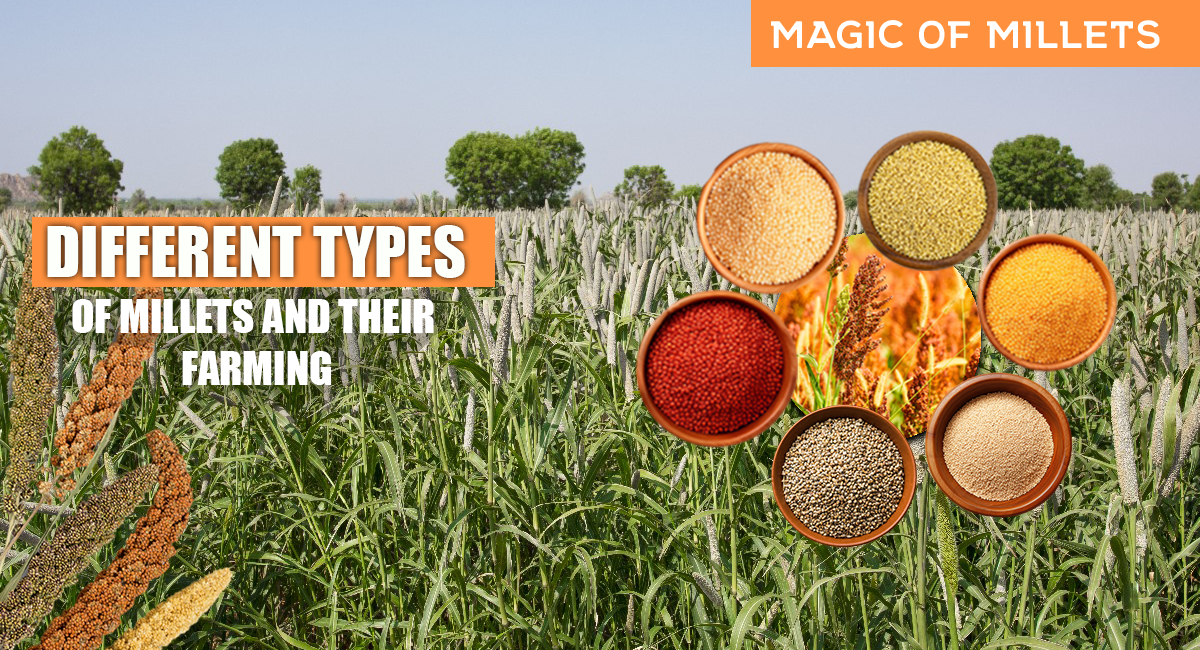
Types, Benefits, and Nutritional Value
In recent years, the Magic of Millets has captivated attention as people seek healthier alternatives to conventional grains. These small, nutrient-dense grains have long been staples in various cultures, especially in India, and are now celebrated as a superfood. Praised for their impressive nutritional profile and health benefits, millets offer a world of culinary possibilities. This blog delves into the different types of millets, their benefits, and how you can incorporate them into your diet through ready-to-cook and ready-to-eat recipes.

Types of Millets
Millets come in several varieties, each offering unique flavors and nutritional benefits. Here’s a closer look at some common types:
1. Pearl Millet (Bajra):
- Region: Widely consumed in Rajasthan, Gujarat, and parts of Uttar Pradesh.
- Characteristics: Small, round grains with a mild, nutty flavor.
- Nutritional Profile: High in protein, fiber, and essential minerals like iron and magnesium.
2. Finger Millet (Ragi):
- Region: Popular in Karnataka, Tamil Nadu, and Andhra Pradesh.
- Characteristics: Tiny, reddish-brown grains with a slightly earthy taste.
- Nutritional Profile: Rich in calcium, iron, and amino acids, making it excellent for bone health.
3. Foxtail Millet:
- Region: Common in Tamil Nadu, Andhra Pradesh, and Karnataka.
- Characteristics: Small, yellowish grains with a slightly sweet flavor.
- Nutritional Profile: High in protein, dietary fiber, and antioxidants.
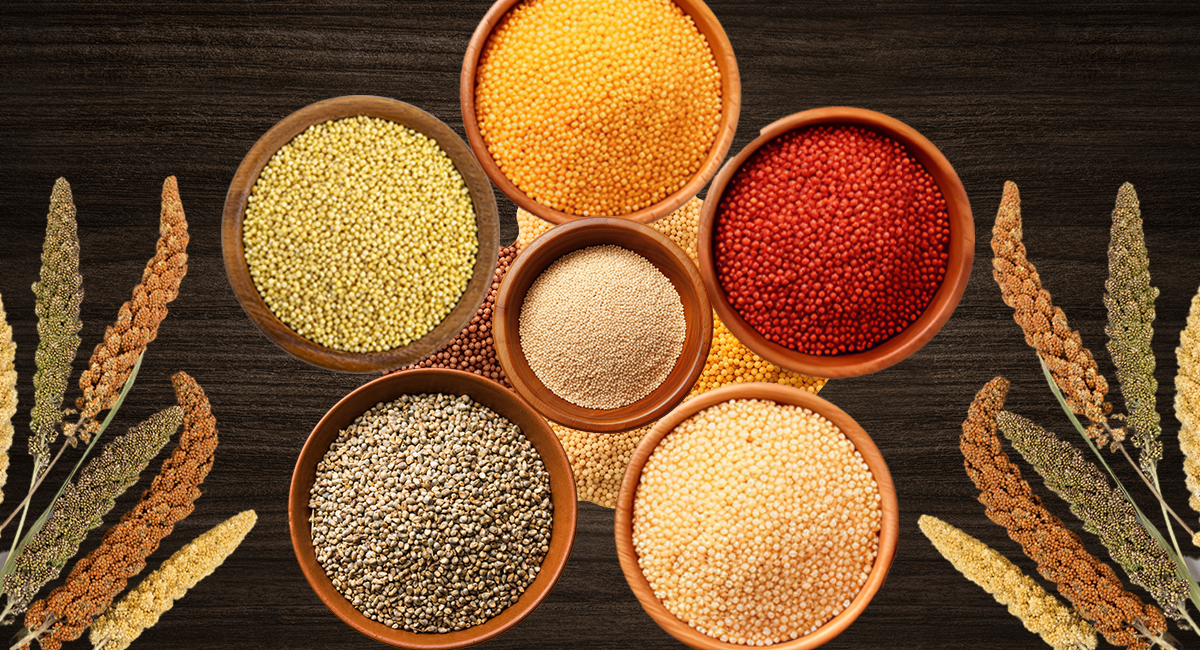
4. Barnyard Millet:
- Region: Found in various parts of India, including Uttar Pradesh and Maharashtra.
- Characteristics: Tiny, white grains with a delicate flavor.
- Nutritional Profile: Low in calories and rich in fiber, making it suitable for weight management.
5. Little Millet:
- Region: Predominantly used in Karnataka, Tamil Nadu, and Andhra Pradesh.
- Characteristics: Small, round grains that cook up fluffy and light.
- Nutritional Profile: High in fiber and essential nutrients, including iron and calcium.
6. Kodo Millet:
- Region: Grown in Tamil Nadu and parts of Karnataka.
- Characteristics: Small, grayish-brown grains with a nutty flavor.
- Nutritional Profile: Rich in protein, fiber, and essential minerals like potassium and magnesium.

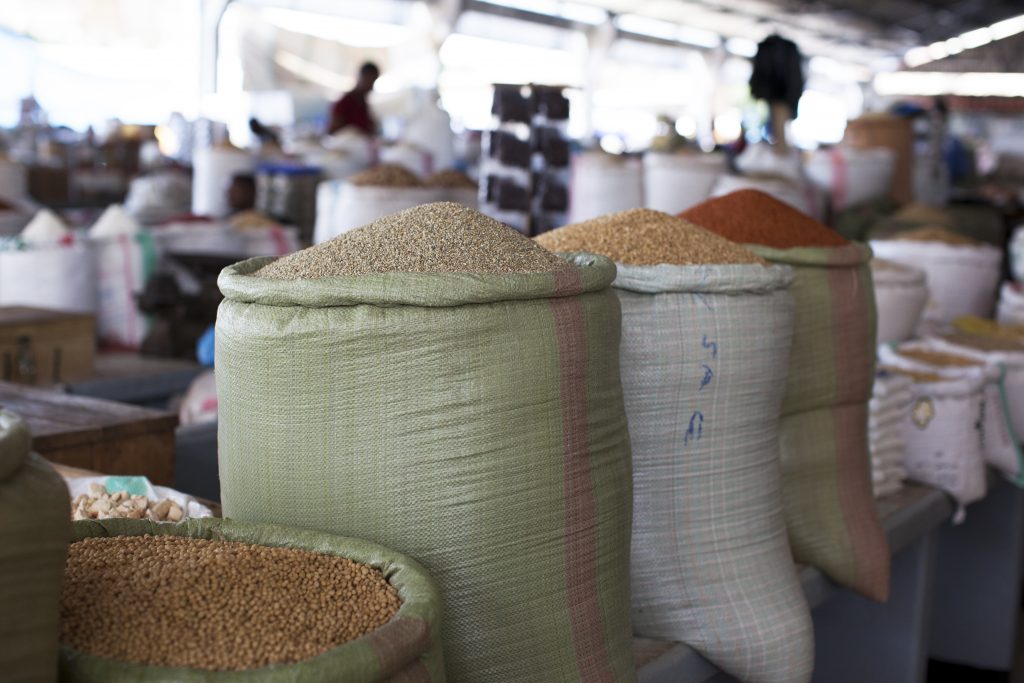
Benefits of Millets
Millets offer a range of health benefits, contributing to their reputation as a superfood:
1. Nutrient-Rich:
Millets are packed with essential vitamins and minerals, including B vitamins, iron, magnesium, and phosphorus.
2. High in Fiber:
The high fiber content in millets aids digestion, helps maintain stable blood sugar levels, and supports heart health.
3. Gluten-Free:
Millets are naturally gluten-free, making them an excellent choice for individuals with celiac disease or gluten intolerance.

4. Antioxidant Properties:
Rich in antioxidants, millets help combat oxidative stress and reduce inflammation in the body.
5. Weight Management:
The high fiber and protein content in millets can help you feel fuller for longer, assisting with weight control.
Ready-to-Cook and Ready-to-Eat Recipes
Millets can be enjoyed in a variety of dishes, from traditional Indian fare to innovative culinary creations. Here are some ideas to get you started:
Ready-to-Cook Recipes
1. Bajra Khichdi:
A comforting, one-pot meal made with pearl millet, lentils, and a blend of spices. Perfect for a wholesome lunch or dinner.
2. Ragi Dosa:
Crisp and savory dosas made with finger millet flour. Serve with coconut chutney and sambar for a traditional South Indian breakfast.

3. Foxtail Millet Pulao:
A flavorful rice alternative cooked with vegetables and spices, offering a nutritious twist on a classic dish.
4. Barnyard Millet Upma:
A quick, savory breakfast option prepared with barnyard millet, vegetables, and seasoning.
Ready-to-Eat Recipes
1. Millet Breakfast Bars:
Homemade bars made with millet flour, nuts, seeds, and dried fruits. Ideal for a quick and nutritious snack.
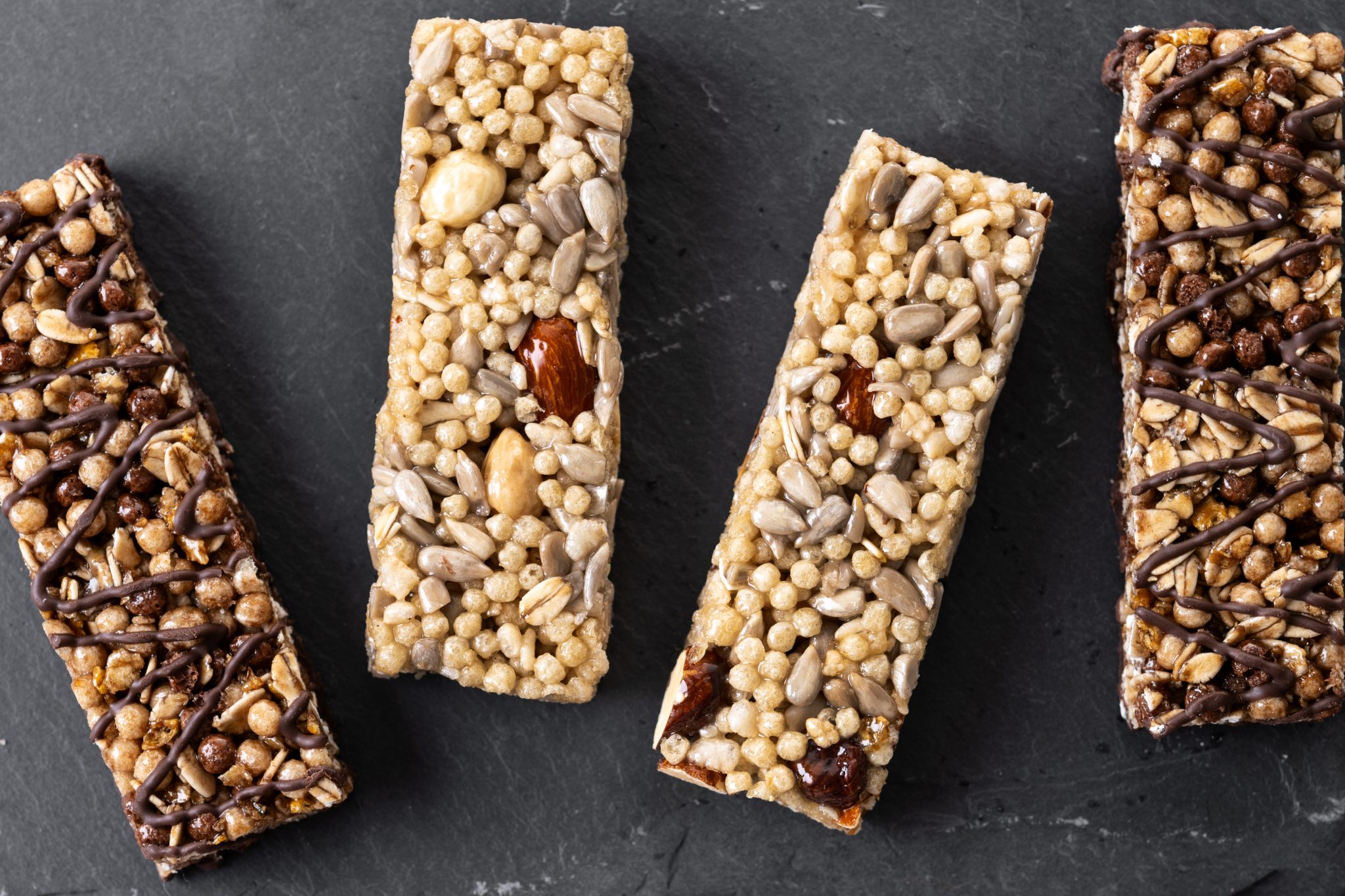
2. Ragi Malt:
A nutritious, ready-to-drink beverage made from finger millet flour, often sweetened with jaggery and flavored with cardamom.
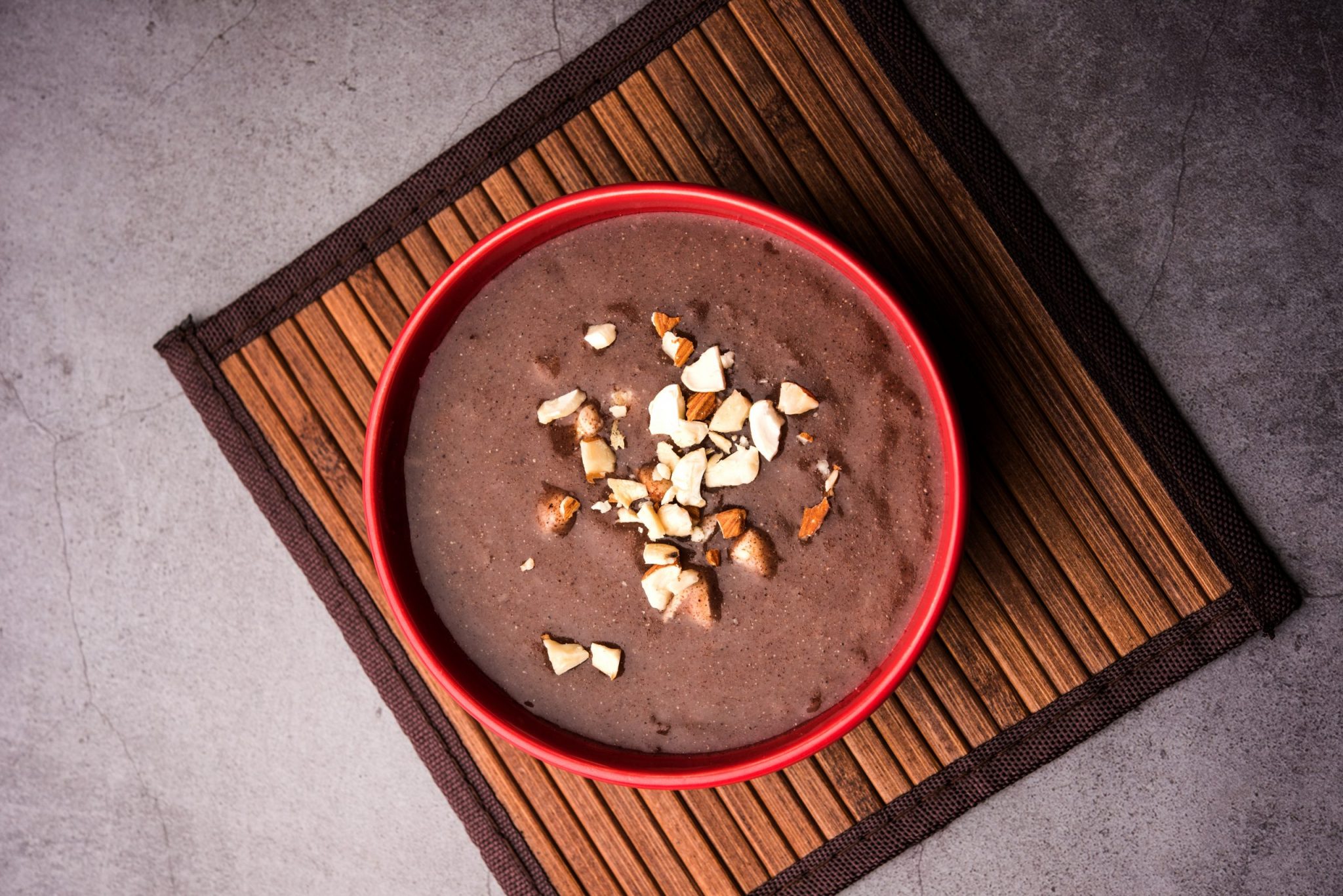
3. Bajra Crackers:
Crispy crackers made from pearl millet flour, seasoned with herbs and spices. Great as a snack or with a dip.

4. Kodo Millet Salad:
A refreshing salad featuring cooked kodo millet mixed with fresh vegetables, herbs, and a tangy dressing.

Conclusion
Millets are not just a dietary trend but a return to traditional, health-conscious eating. With their rich nutritional profile and versatile culinary uses, they offer a valuable addition to any diet. Whether you’re preparing a traditional dish or experimenting with new recipes, millets provide numerous health benefits and a delicious alternative to more conventional grains.
So next time you’re at the grocery store, consider picking up some millets and explore the myriad ways to enjoy these ancient grains.
IS360 Can be Reached at
Sharing is caring!

